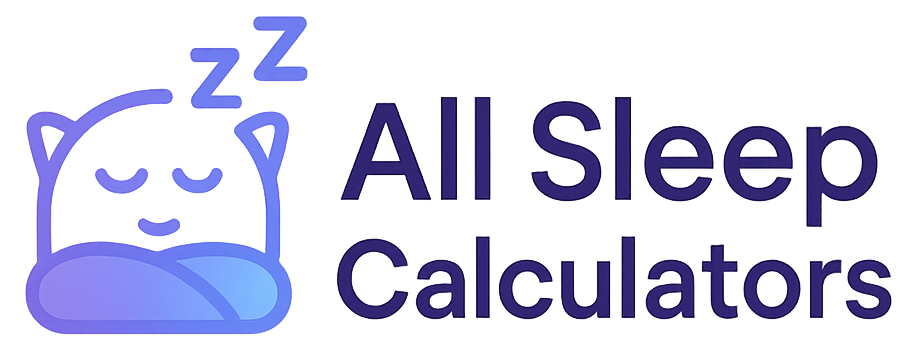What Is Sleep Latency?
Sleep latency refers to the amount of time it takes for a person to fall asleep after getting into bed and turning off the lights. It's essentially the transition period between wakefulness and sleep.
Did you know? The average person takes about 10-20 minutes to fall asleep. This is considered a healthy sleep latency period.
Interpreting Your Sleep Latency
Sleep latency can be a good indicator of your overall sleep health:
- Too short (under 5 minutes): If you fall asleep almost immediately after hitting the pillow, it might indicate sleep deprivation or sleep debt.
- Normal (10-20 minutes): This is considered a healthy range and suggests good sleep hygiene and appropriate levels of sleepiness at bedtime.
- Too long (over 30 minutes): Difficulty falling asleep could be a sign of insomnia, stress, anxiety, or poor sleep hygiene.
Factors Affecting Sleep Latency
Several factors can influence how quickly you fall asleep:
- Stress and anxiety: Mental activity can keep your brain alert and make it difficult to transition to sleep.
- Caffeine and stimulants: Consuming these substances, especially in the afternoon or evening, can increase sleep latency.
- Screen time: Exposure to blue light from screens can suppress melatonin production and delay sleep onset.
- Environment: Noise, light, and temperature in your bedroom can impact how quickly you fall asleep.
- Exercise timing: While regular exercise generally improves sleep, exercising too close to bedtime can increase alertness.
- Circadian rhythm: Going to bed at a time that doesn't align with your natural circadian rhythm can lead to longer sleep latency.
Measuring Sleep Latency
Sleep latency can be measured in several ways:
- Self-reporting: Simply timing how long it takes you to fall asleep (although this can be inaccurate as people often underestimate their sleep latency).
- Sleep diaries: Keeping a record of when you get into bed and approximately when you fall asleep.
- Sleep trackers: Wearable devices and apps that monitor movement and other physiological signals to estimate when you fall asleep.
- Polysomnography: A professional sleep study that measures brain waves, eye movements, and other biological signals to precisely determine sleep onset.
Improving Your Sleep Latency
If you consistently have trouble falling asleep, try these strategies:
- Establish a relaxing bedtime routine to signal to your body that it's time to wind down
- Maintain a consistent sleep schedule, even on weekends
- Avoid caffeine, alcohol, and heavy meals close to bedtime
- Limit screen time before bed or use blue light filters
- Create a sleep-friendly environment that's dark, quiet, and cool
- Try relaxation techniques like deep breathing, progressive muscle relaxation, or meditation
- Use our bedtime calculator to find the optimal time to go to bed based on your circadian rhythm
Want to optimize your sleep schedule?
Use our calculators to find the ideal times to go to bed and wake up:
Explore More Sleep Topics
Chronotypes
Discover if you are naturally a morning person, night owl, or somewhere in between.
Polyphasic Sleep
Explore alternative sleep patterns that involve multiple sleep periods.
Microsleep
Learn about brief episodes of sleep that can occur when you are overtired.
Power Naps
Understand the science behind short naps and how to use them effectively.
